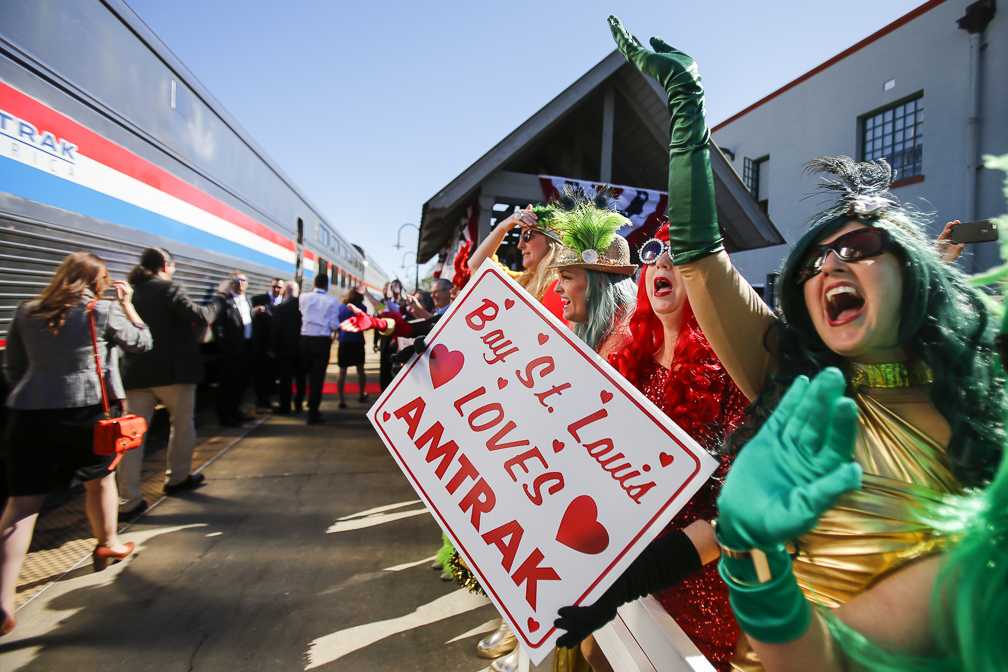Active Roadmap Case Study: Saco, ME
DOWNEASTER RAIL SERVICE CONNECTS COMMUNITIES Location: Saco, Brunswick, and Surrounding Rural Communities, ME Population: 19,716 (2020) Typologies: Gateway; Resource-dependent; Retirement, second-home; Traditional main street; College; Edge. Key takeaway: Transit service can make living in rural areas more attractive for young adults who want access to attractions and resources in nearby cities, and more feasible for … Continued


